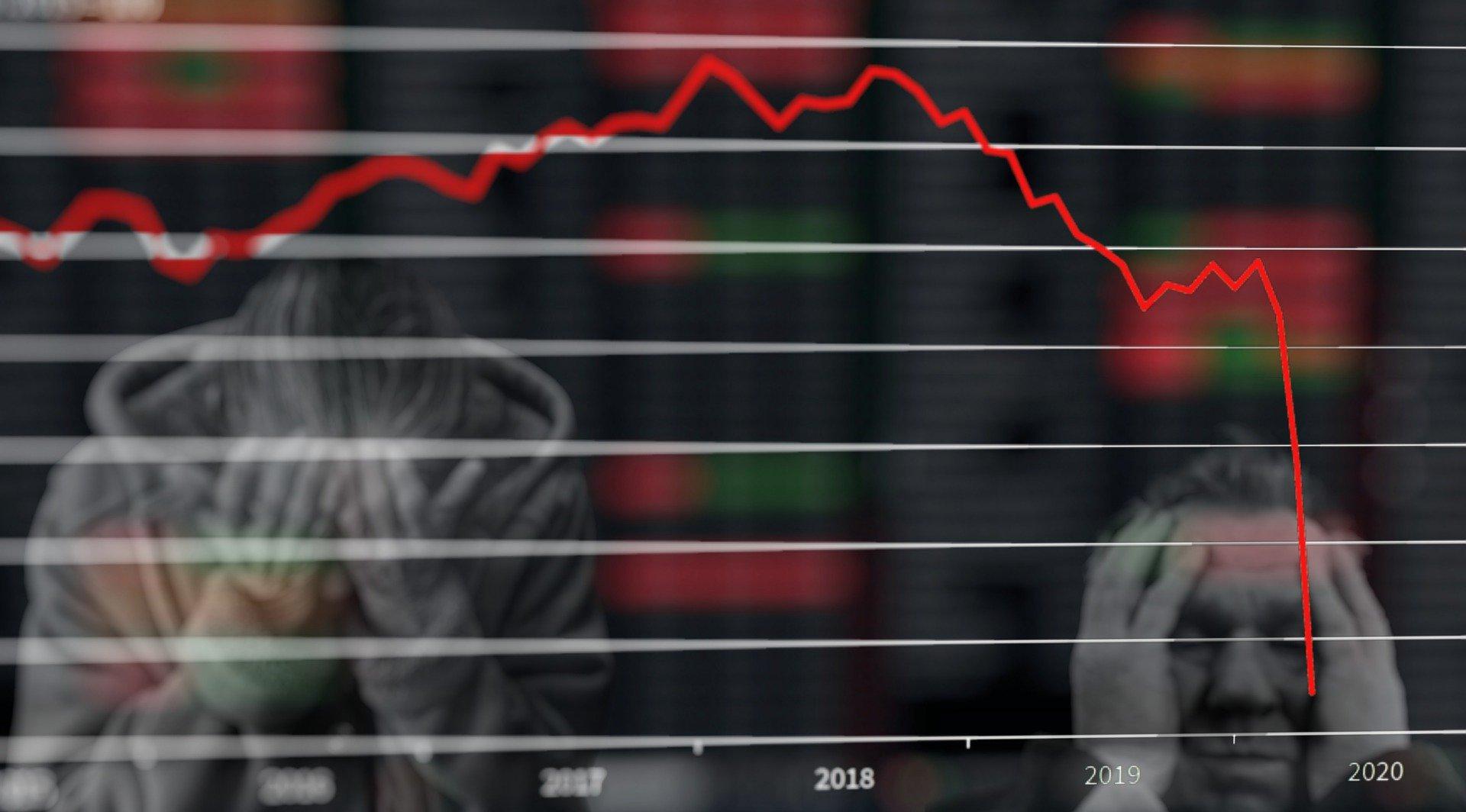
Over the past 11 weeks, the financial markets have exhibited clear signs of pricing in a potential recession. The 10-year note yield has reversed significantly, dropping by 65 basis points. At the same time, short-term inflation metrics, including 1-month and 3-month annualized rates, have surged above 4%. This unusual divergence—falling interest rates amid rising inflation—has raised concerns among market analysts and economists.
A similar trend was observed at the start of President Trump's trade war, which coincided with a peak in the 10-year note yield. More recently, the announcement of a 25% auto tariff marked yet another lower high in yields, reinforcing recession fears. Over the last two months, declining rates have reflected mounting concerns about economic growth.
The stock market has also responded to these warning signs. Following the March 13th relief rally, the S&P 500 was down just 6% from its peak. Historically, when stocks have dropped another 5% on average within the following 150 days, the US economy has entered a recession. On Monday, the S&P 500 reached the 11% decline mark, a level often associated with recessionary conditions.
Historical data suggests that 56% of market corrections do not lead to a recession within the next 12 months. However, in 32% of cases, a recession has followed within that timeframe. While history leans toward resilience, the current market weakness cannot be ignored. The S&P 500 has declined 2% since the Federal Reserve began cutting rates in September 2024, which aligns with historical patterns where the index tends to fall 6% in six months and 10% within 12 months during rate-cut cycles amid recessions.
President Trump’s recent comments suggest that he may be expecting a downturn. On March 9th, he stated, "You can't watch the stock market," which some analysts interpret as a signal that he foresees economic turbulence. A recession could potentially help achieve his administration’s objectives of lowering both interest rates and inflation. Additionally, Trump has promised to bring down energy prices. Since his inauguration, oil prices have fallen by over $10 per barrel. A recession is one of the fastest ways to suppress energy prices, as it leads to reduced demand.
Oil markets are already pricing in lower demand and slowing economic growth. This sentiment is now being confirmed by leading indicators. The Atlanta Federal Reserve recently revised its Q1 2025 GDP estimate downward to -0.5%, or -2.8% when accounting for gold imports and exports. This marks the first projected economic contraction since 2022.
Gold markets have also provided a strong warning signal. Over the past 12 months, gold prices have surged by 70%, reaching 52 new all-time highs. Historically, such a rapid increase in gold prices has only occurred during periods of economic weakness.
Adding to these concerns, consumer sentiment has plunged to its lowest level since the 2022 bear market. These figures do not yet reflect the impact of the new auto tariffs and Trump’s "Liberation Day" tariffs set to take effect. As inflation likely rebounds further in March and April, consumer confidence may continue to erode.
Disclaimer
This article is for informational purposes only and should not be considered financial or investment advice. The opinions expressed herein are based on historical market trends and current economic indicators but do not guarantee future outcomes. Readers should conduct their own research or consult with a financial professional before making investment decisions.




